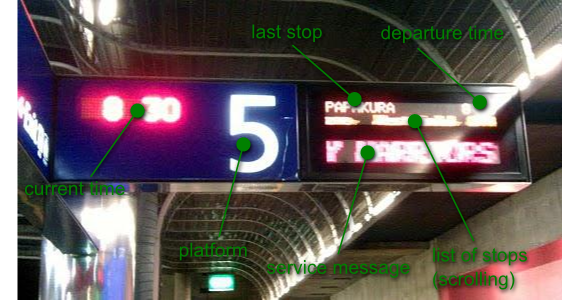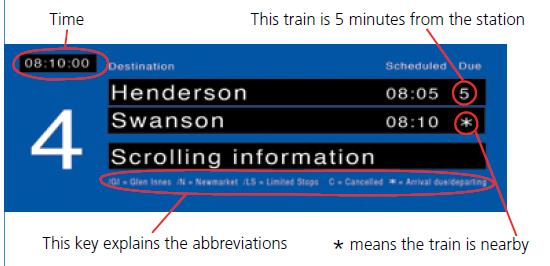Just finished up Day 2 which was spent in the Games Master class. I took a ton of notes but I’ll just jot down some interesting points otherwise it will be a long long post :-)
Patrick Hudson – covered launching new IP by walking through the development of “Orcs must die”. Interesting to me was the fact that marketing was 10% – 20% of development budget, the issues with getting the game on XBL (needing a publisher and some middleware performance issues). Also the industry standard of the platform (Steam, XBL) taking a 30% cut with the developer getting 70%. If a publisher is involved they take 20% – 30% of the developers cut which seems pretty steep.
Eros Resmini – from OpenFeint talked about the Free to Play business model on mobile and the current state of play in this space. Currently iPhone top grossing apps are all F2P. He covered the F2P funnel which starts with distribution rather then ends with it. He made a very good point that if you have a F2P game then you are a services company, not a product company. I have my doubts on how easy it is for a small studio to pull off being a services company. 80% of revenue from 3% of users (the whales) was an interesting stat. He also made a good point that your game should be “pay for experience” rather then “pay to win”.
Lance Priebe – a slightly manic and rambling pressentation (including a magic trick) but he had some excellent sound bites:
Games are fueled by fans
Iterate, monitise each iteration and use it to fund the next one
Grow with your audience. Start small, learn, grow
Crunch is simply the result of the failure to plan
A brand is not a logo, it is an emotion
UX designers are the most important people on the team. Make every click count.
Gaming is part of the human condition
The lemonade stand: the Internet has no passing traffic. You need to figure out how to get people to your game
He also provided a reading list: Tribes by Seth Godin, The long tail by Chris Anderson, Blue Ocean Strategy by Chan Kim, Free by Chris Anderson, Rework, The dip by Seth Godin.
In answer to my question re the size of the Club Penguin dev team he said they have 70 devs and 400+ support/service staff and more scattered around in offices world wide.
Tracey Sellar – covered DIY user testing. She focused on usability testing and how small studios can apply it. Wasn’t anything new here for me as it was pretty much standard software usability testing applied to games but the presentation had a lot of good practical tips. She recommended each test consist of 1 on 1 sessions, 1-2 hrs long, with 6 to 9 participants, with research showing this would typically uncover 80%-90% of usability issues. Also advocted early testing and even paper prototypes for things like game mechanics and UI.
Don Geyer – discussed his studio’s approach to building teams. Covered people, process and a bit on tools.
Most important to the team:
Intrinsically motivated people
Extrinsic motivation. They have an interesting approach of sharing of 60% of the profits split equally amongst the team
Teachability index – people who can accept new things adapt and change
Talent history
Teamwork history (no assholes)
They also use Keirsey Sorter profiling to figure out what management approach to take with each team member.
In terms of a management structure they use something they call C3:
co-creation: everyone contributes ideas etc
calibration: workflow tuning, co-location, mini-teams
concentration: everyone focuses on one particular part of the game. 80% of the team working on the current ‘block, 20% on pre production for next block.
Other tidbits:
trick is to find mistakes quickly
biggest issue is wasted work and effort due to mistakes. Impacts moral.
work smarter not harder. Lots of procedural content generation etc..
And that was it. One again a very good day. There have been a bunch of themes that have come out in the last few days. I’ll let them perculate for a while and then I’ll write them up.



